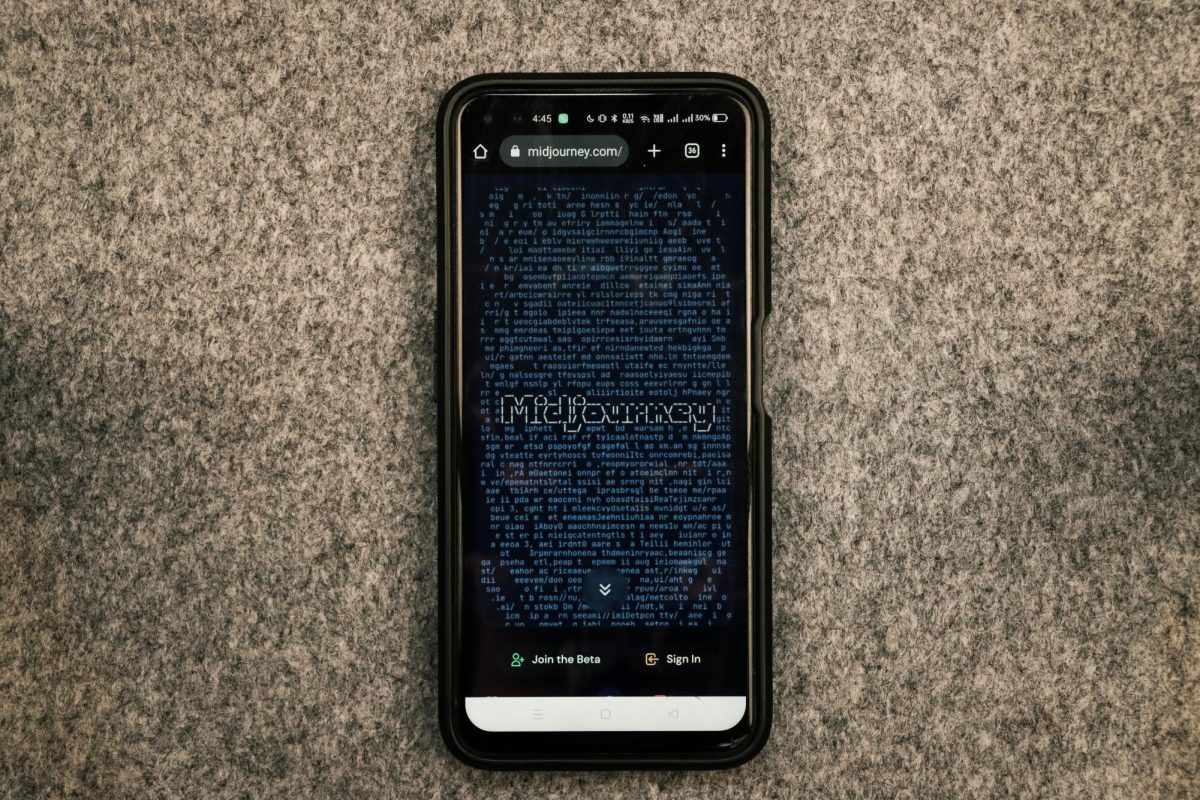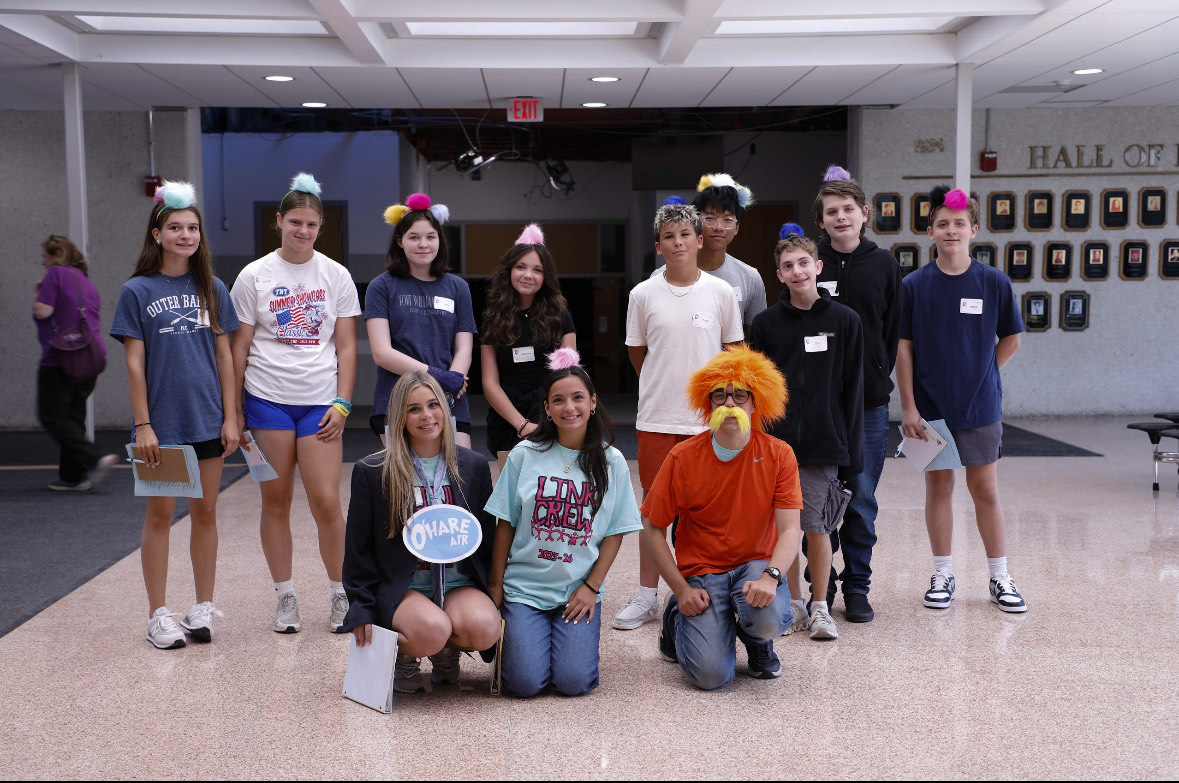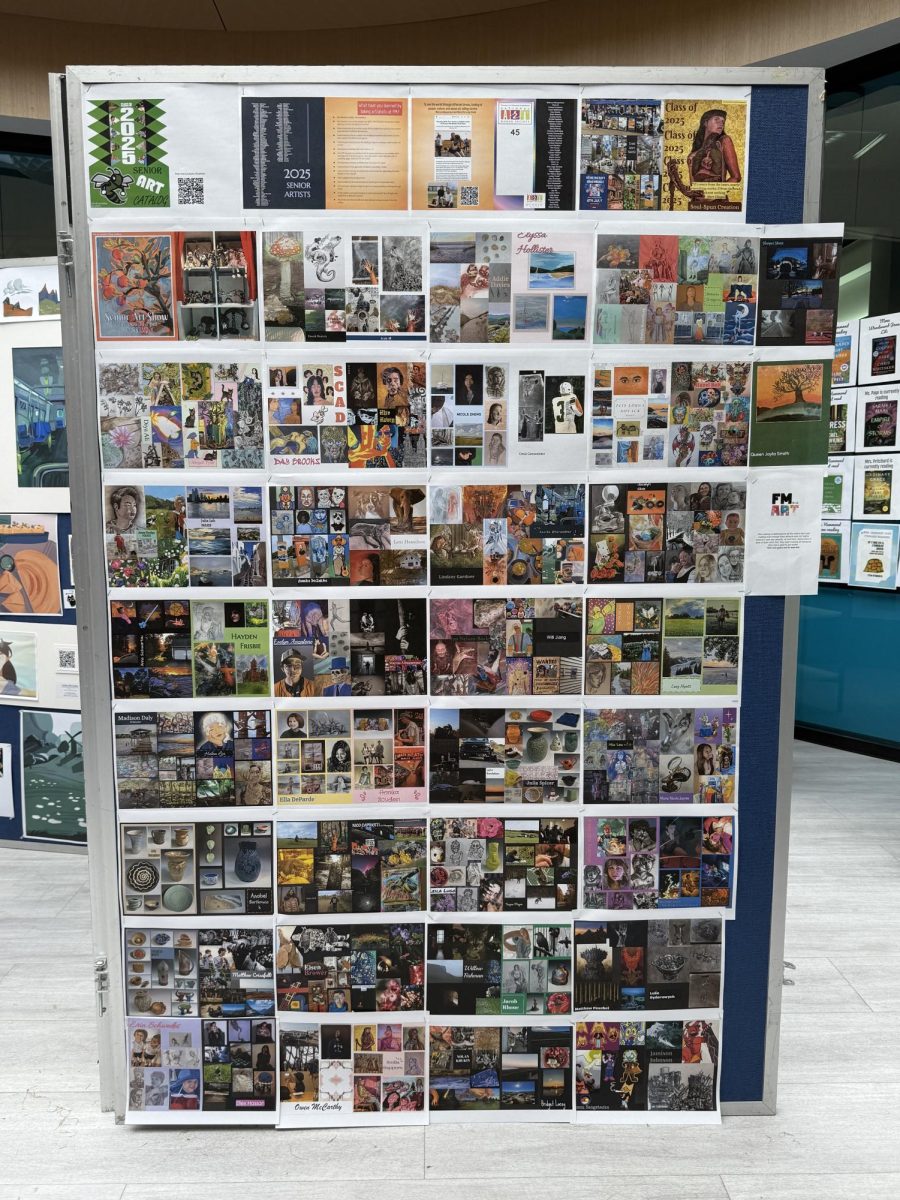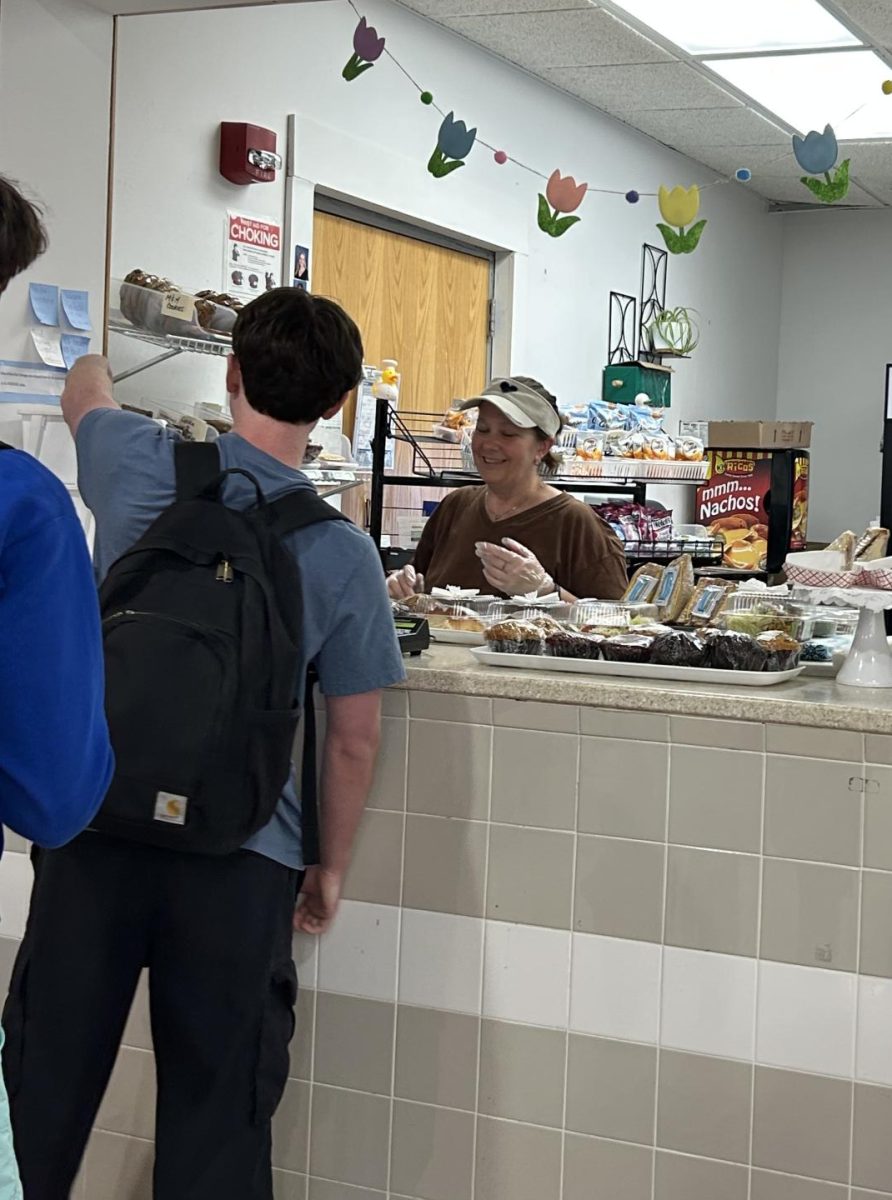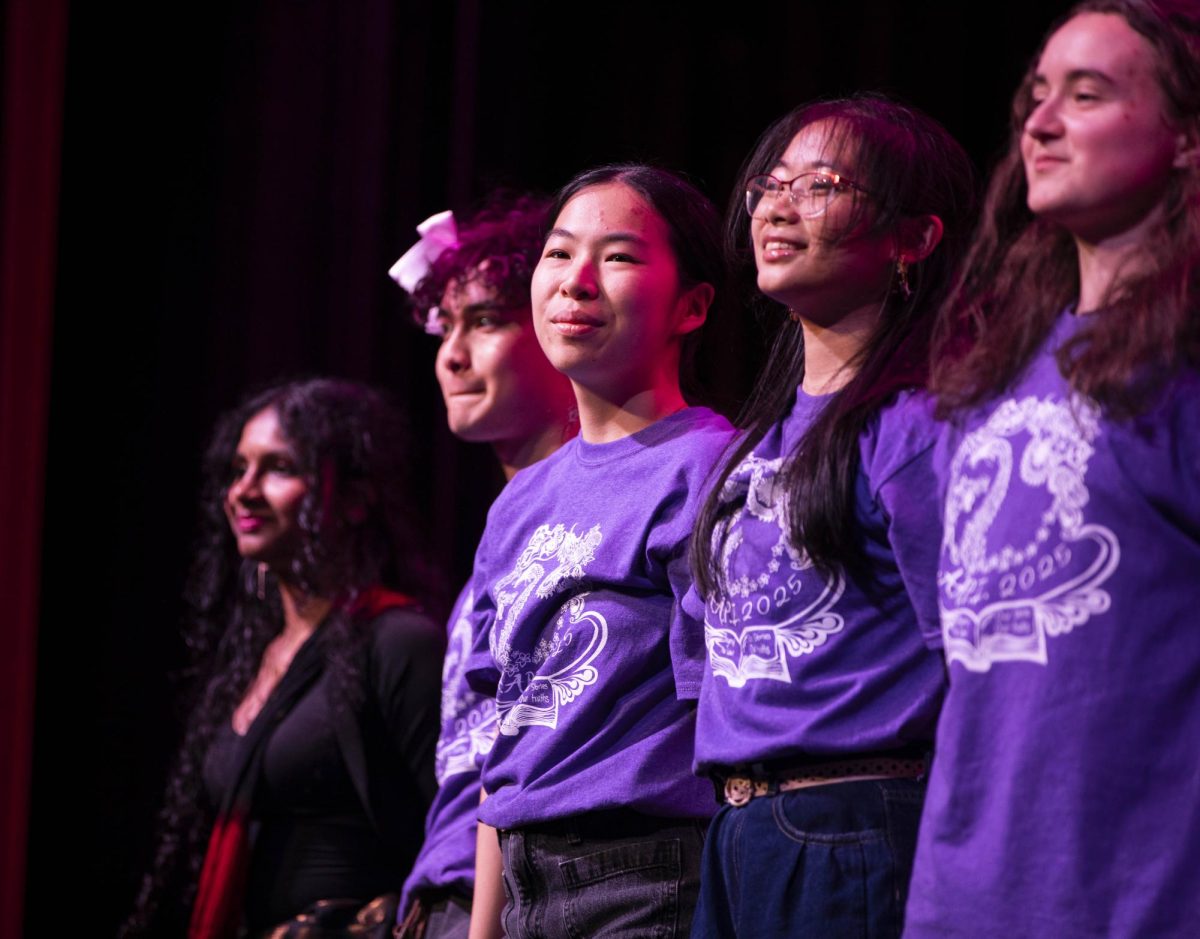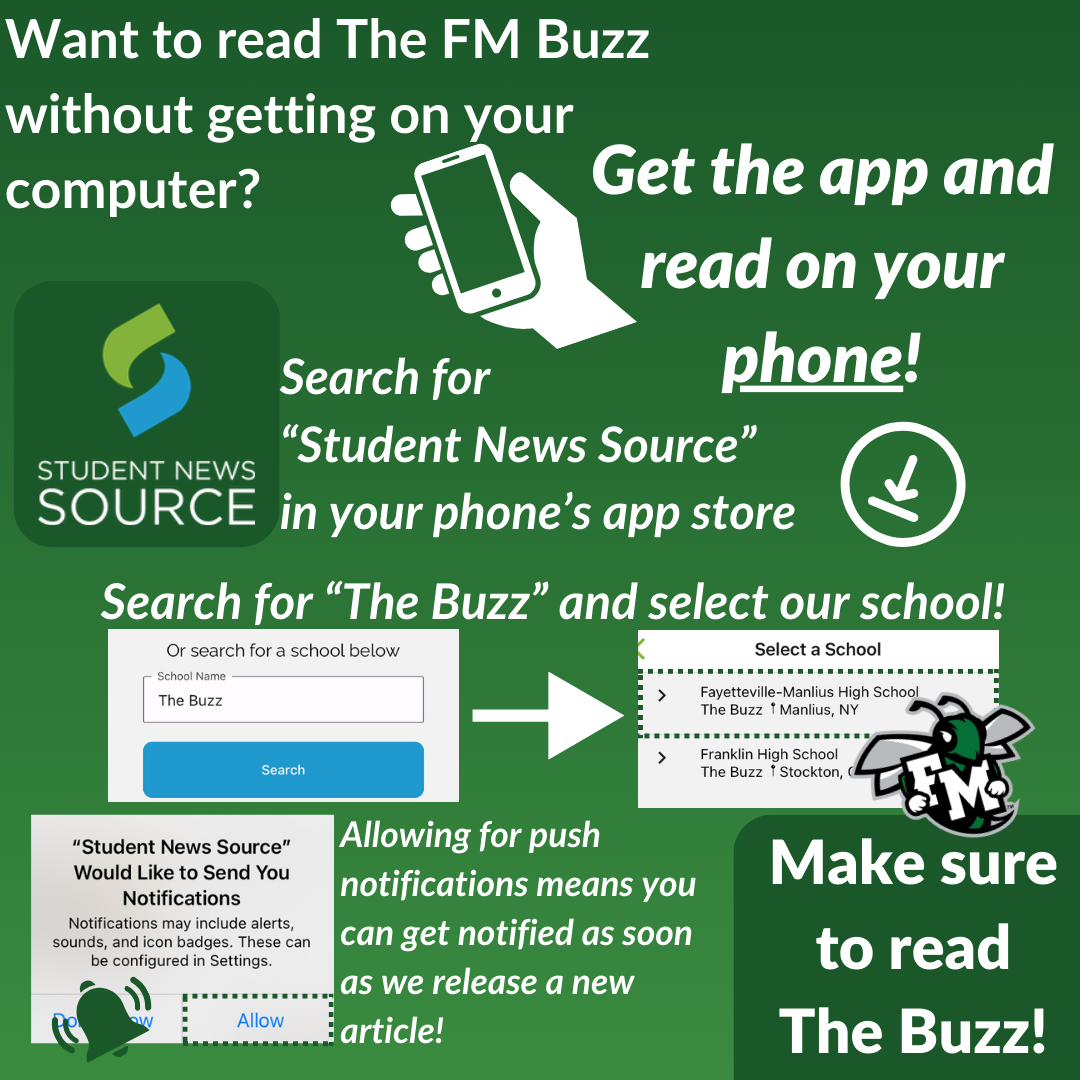These past few months have brought new insights into decision-making as people question generative AI’s validity for copyright protections.
Ever since generative AI, such as ChatGPT, had its boom in 2022, the U.S. Copyright Office has been working to establish guidelines for how to determine what– if any– copyright protections will exist for AI-generated content. This is a difficult question to answer because, contrary to popular belief, copyright law is already an imprecisely defined aspect in American politics. The concepts of “fair use,” “transformative works,” and who even counts as an author are already difficult issues.
This vagueness has created issues in the past, such as the Barack Obama “Hope” poster dispute where artist Shepard Fairey created a stenciled poster based on an image from the Associated Press (AP). The AP considered this a violation of their copyright while Fairey considered the poster fair use. The situation ended with an agreement between both parties to share the copyright, but this illustrates one point of vagueness within copyright law.
Another is the “Monkey Selfie” dispute where David J. Slater argued that Wikimedia’s hosting of an image taken by a crested black macaque was a violation of his copyright. In an interview with BBC News Slater claimed, “I’ve lost £10,000 or more in income. It’s killing my business.” This situation ended with the Copyright Office ruling that work must be created by humans to be copyrighted. In the third edition of the Compendium of the U.S. Copyright Office Practices, a line was added referencing the event in a list of examples of what is not covered by copyright.
So where does this leave content produced by generative AI, when it is created from other intellectual property and does not have a set owner? The Copyright Office has been grappling with this as they have been releasing their multipart Report on Copyright and Artificial Intelligence.
The first part, released in late July 2024, covered the topic of “Digital Replicas,” namely deep fakes, which in this case are unauthorized AI-generated recreations of people’s likenesses. The Copyright Office ultimately resolved to put in protection to prevent people from being harmed by the distribution of these materials, especially when they could be considered libelous or explicit. This first report, however, did not touch heavily on the pressing issues of the actual copyright validity for AI-generated content. That information would come in the second and third parts.
The second part was released on January 29th of this year, its topic being “Copyrightability.” It discussed the issues of authorship and how to determine when AI-generated content counts as human-made. The report draws distinctions between AI-assisted content, such as crowd removal technologies used in movies, and the type of generative AI seen in popular models like Midjourney that takes human-written prompts and executes them using AI. Using a detailed prompt, the Copyright Office created an AI-generated image of a cat using Google’s Gemini. Drawing attention to where the AI model either got a request wrong or added its own aspects to an unspecified part of the image, the report stated that human-generated prompts themselves may not be enough to constitute ownership.
They did, however, state that if an AI-generated work is substantially edited by a human, then it may be able to be covered by copyright. This is because it would be adding human work and creativity to the piece. They similarly said that while an AI-generated special effect in an otherwise AI-free movie may not be copyrightable on its own, the movie itself would still be protected by copyright.
Then, on May 9, 2025, a pre-publication version of the third and final part of the report was released. Pre-publication releases are not standard for reports from the U.S. Copyright Office, but the blurb explaining the report on the Copyright Office’s official website states, “A final version of Part 3 will be published in the near future, without any substantive changes expected in the analysis or conclusions.” This unprecedented early release of the report has coincided with two recent firings around the Copyright Office.
The first was the firing of 14th Librarian of Congress Carla Hayden on May 8th of this year. The White House fired Hayden abruptly despite her term being set to end in 2026. The U.S. Copyright Office is a department of The Library of Congress, which may have contributed to the early release of the publication before any upheavals in leadership could impact the distribution of the third part of the report. The other firing came on May 10th, just one day after the release of the third part. Shira Perlmutter, the head of the U.S. Copyright Office, appointed by Hayden in 2020, received an email of her termination.
So what did the pre-publication of this third and final part of the report say about copyright? The lengthy report focused on “Generative-AI Training” and whether the way AI models “learn” to generate textual or pictorial content infringes upon the copyright of the original copyright holders. This becomes a wider argument about fair use and what counts as “transformative” enough to be considered an original work, which as previously stated, is difficult enough to settle without the issue of a non-human author using an algorithm.
The U.S. Copyright Office stated that the training is not “inherently transformative” and differentiated the processes of machine learning from human learning. The report also addresses the issue of using copyrighted material for profit without paying and the piracy or otherwise unlawful obtainment of copyrighted material that is often used to train AI models, stating that both may impede in deciding if the generative content is fair use.
In weighing the pros and cons of AI-generated content, with it either being beneficial to the public or harmful to intellectual property holders and the market as a whole, the Copyright Office eventually reached a conclusion in the report. They discussed a variety of solutions and compromises such as implementing specific licensing policies or opt-out clauses, but stressed one key idea: a strong aversion towards the idea of compulsory licenses These licenses would, by law, force intellectual property holders to relinquish their copyright protection when it comes to AI training. The Copyright Office stated that they have been “wary of compulsory licenses,” which is in line with their attitudes towards strictly defining concepts such as fair use.
This rather hands-off attitude is also reflected in the final conclusion of this third report. The U.S. Copyright Office supported “allowing the licensing market to continue to develop without government intervention,” and only interfering if it is proven that there are specific market failures present.
Overall, these recent developments around the copyright of AI-generated content are a perfect example of the many struggles and constantly changing environment that AI has brought to our world in places one may not expect.



